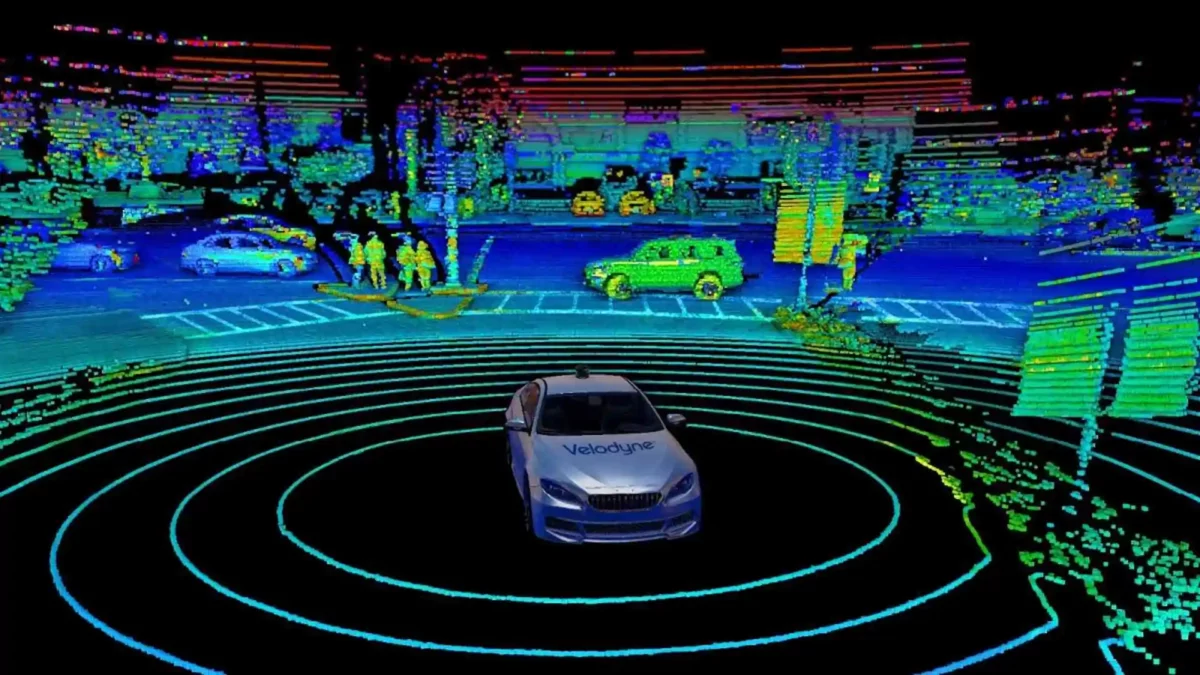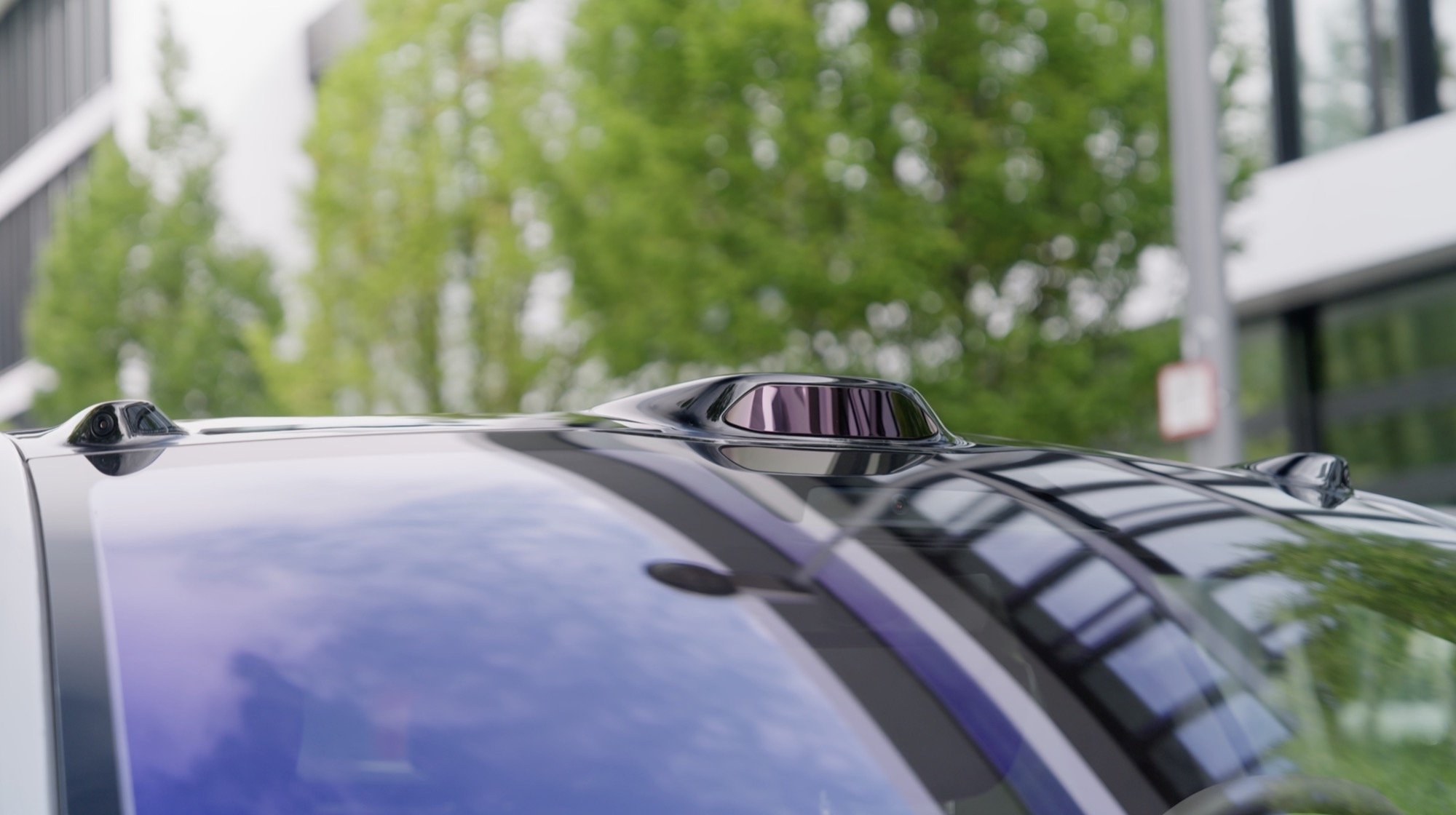After the equipment manufacturer ZF, it is Bosch’s turn to announce the end of its research and development around LiDAR sensors for electric cars. But why are these companies backtracking on a technology that is destined for a bright future with the advent of driving aids and increasingly autonomous cars? Let’s take stock and compare to the situation at Tesla.
If you assiduously follow automotive news, you are aware that the future is electric cars. The energy transition between thermal and electric has accelerated in recent years, particularly after Dieselgate. Almost ten years after this episode, the automobile market is almost unrecognizable, with new energies, new brands and new technologies.
Because yes, if manufacturers mainly focus on the electrification of their ranges, they are also working on the technological aspect. Proof of this is that many tech giants like Google, Huawei, Nvidia and Qualcomm are now working hand in hand with players in the automotive world.
What is an automotive supplier?
Traditionally, manufacturers work with automotive equipment suppliers. An equipment manufacturer is an industrial company specializing in the manufacturing of specific automotive components. Some equipment manufacturers specialize in exhaust systems, others in lighting systems, brakes, seats, plastic modules, dashboards, tires, etc.
You probably know some of them, like Bosch for example, the world’s leading automotive equipment, but there is also Valeo and ZF. These equipment manufacturers generally follow the developments of manufacturers and adapt by offering ever more technological products.. With the advent of driving assistance technologies, these companies have also focused on these systems with the objective of being able to design systems to make our cars autonomous.
But with the advent of the electric car and the adoption deadlines desired by the legislator, manufacturers seem to be reorienting their investments more around electricity and batteries rather than on technologies linked to autonomous cars. So, we recently learned that the equipment manufacturer Bosch, or even ZF a little earlier, had abandoned their developments around LiDAR.
What is LiDAR?
But what is LiDAR? If you don’t know this term, it’s somewhat normal, since it is not yet democratized on our cars. The rare production cars to be equipped with it are the Mercedes EQS with the Drive Pilot option, or the first SUV and the first electric car from Lotus, the Eletre. We can also mention the Nio ET7 and the all-new Volvo EX90. The acronym LiDAR stands for “ Light Detection And Ranging“. This is a calculation method that makes it possible to determine the distance between the sensor and the target obstacle. A LiDAR uses a laser beam for detection, analysis and tracking.

To put it simply, it is a kind of large electronic component that is part of the sensor family. The sensor collects data on a physical parameter such as temperature, humidity, light, weight or even distance. As a result, LiDAR can precisely calculate the distance to each object from the delay between the emission of the laser pulse and the return pulse.
In fact, every second, this LiDAR thus takes millions of points for precise distance measurement, from which we can produce a 3D matrix of its environment. This detailed mapping can provide information on the position, shape and behavior of moving objects or people. To find out more about LiDAR, do not hesitate to consult our file dedicated to it.
Too avant-garde technology?
But why are they abandoning R&D around a technology that seems to have a bright future? The answer is to be sought from the manufacturers since, in fact, Bosch and ZF meet the needs of their customers.
“Given the technological complexity and time to market, Bosch decided some time ago to no longer invest additional resources in the hardware development of Lidar sensors”, the company told AFP. Bosch had been working on LiDAR development for three years and finally decided to transfer the resources and engineering capacity devoted to it “ towards other sensor technologies such as radar“.

We can see several factors here. The first, it’s that of competition, and the answer comes from France. Valeo is in fact well ahead of the Germans since it has been marketing LiDARs for ten years and has already manufactured more than 150,000 of them. The second generation of this famous Valeo LiDAR equips Honda and Mercedes in particular with level 3 autonomy. The third generation of the French sensor, called Scala 3, should arrive in 2024 and the equipment manufacturer promises that it will be more affordable.
The second factor is, as stated above, a shift of resources from manufacturers to other sectors. Brands prefer to move towards the electrification of their range rather than autonomous cars, quite simply because Europe, for example, has taken measures by banning the marketing of new thermal and hybrid cars from 2035. And after Europe, other continents will also follow.
Where are we with autonomous cars?
Concerning the autonomous car, there is no urgency, even if the resulting technologies provide an advantage in terms of safety. Let us also point out that the autonomous car does not depend only on manufacturers and equipment suppliers, it also depends on the public authorities since, to achieve a complete level of autonomous driving, cars must also be “connected to the city” in some way. To understand more, do not hesitate to consult our file concerning the different levels of autonomy.
Currently, even if level 2 of autonomy seems acquired for everyone. The driver must keep an eye on his surroundings to be able to quickly regain control of the vehicle if necessary, but the car can accelerate, slow down and maintain its place in the lane on its own. All this thanks to adaptive cruise control and lane centering. Level 3 is already another milestone since it allows you to no longer have to hold the steering wheel, even if you have to remain seated in the driver’s seat to regain control at any time.. In the event of an accident, it is the manufacturer who becomes responsible.

For this type of technology, LiDARs are essential, but some questions still remain in this regard. Indeed, even if cars benefiting from level 3 autonomy have been authorized in Europe for around a year, the conditions are still very strict. Indeed, to evolve below this level of autonomy, it is necessary to respect a very specific framework to be able to effectively let the vehicle drive autonomously:
- the traffic lane must be free of pedestrians and cyclists;
- there must be a physical separation between the two directions of traffic (barriers, central reservation, etc.);
- the maximum speed must be 60 km/h.
As you will have understood, this level 3 autonomy will for the moment come down more or less to traffic jams on the motorway, although an increase in the maximum authorized speed is already being considered. Indeed, it will be possible to go up to 130 km/h in level 3 autonomous driving if the car is capable of overtaking itself.
All of this, this is without even addressing the subjects around insurance and everyone’s responsibility in the event of problems. To make matters worse, the slowness of certain administrations also shows that although certain technologies are perfect, their implementation can be extremely long.
As a result, manufacturers, and consequently equipment manufacturers, logically prefer to concentrate on other subjects rather than these famous driving assistance technologies, which are still very expensive, and which will only be useful after several years. , or even, perhaps, decades.
Still, the advance of the French equipment manufacturer Valeo on this subject could certainly still benefit it in the future, since with Continental in Germany, it is still one of the rare equipment manufacturers to be interested and working on LiDAR.
The case of Tesla
Impossible to deal with this subject without addressing the case of Tesla. Elon Musk refuses at all costs to integrate LiDAR into his electric cars, because of the complexity and costs involved. Instead, Tesla is aiming for an approach based on cameras (Tesla Vision), but also, in the long term, on the famous 4D radars which we are still waiting for.
It’s hard to say who’s right or wrong in this area, but the fact that Bosch and ZF are leaving the LiDAR scene reinforces the idea that Tesla’s approach may be the right one. See you in a few years to take stock.
The future of Numerama is coming soon! But before that, our colleagues need you. Do you have 3 minutes? Take their survey
